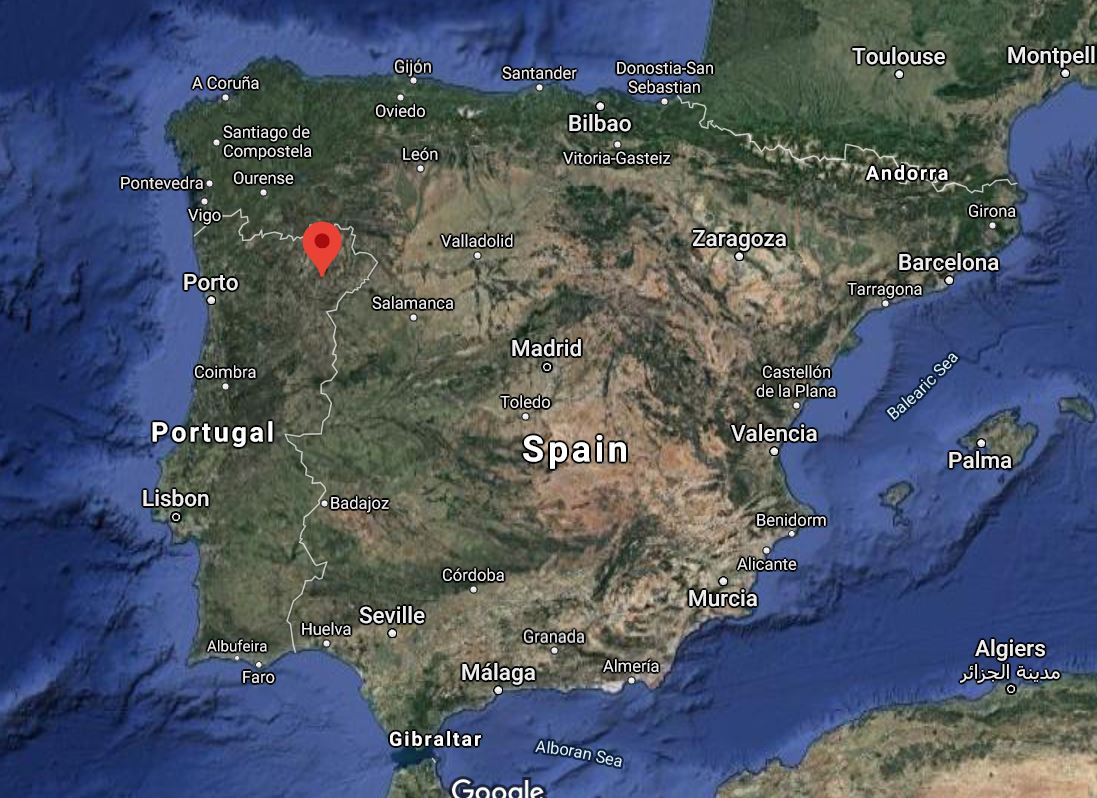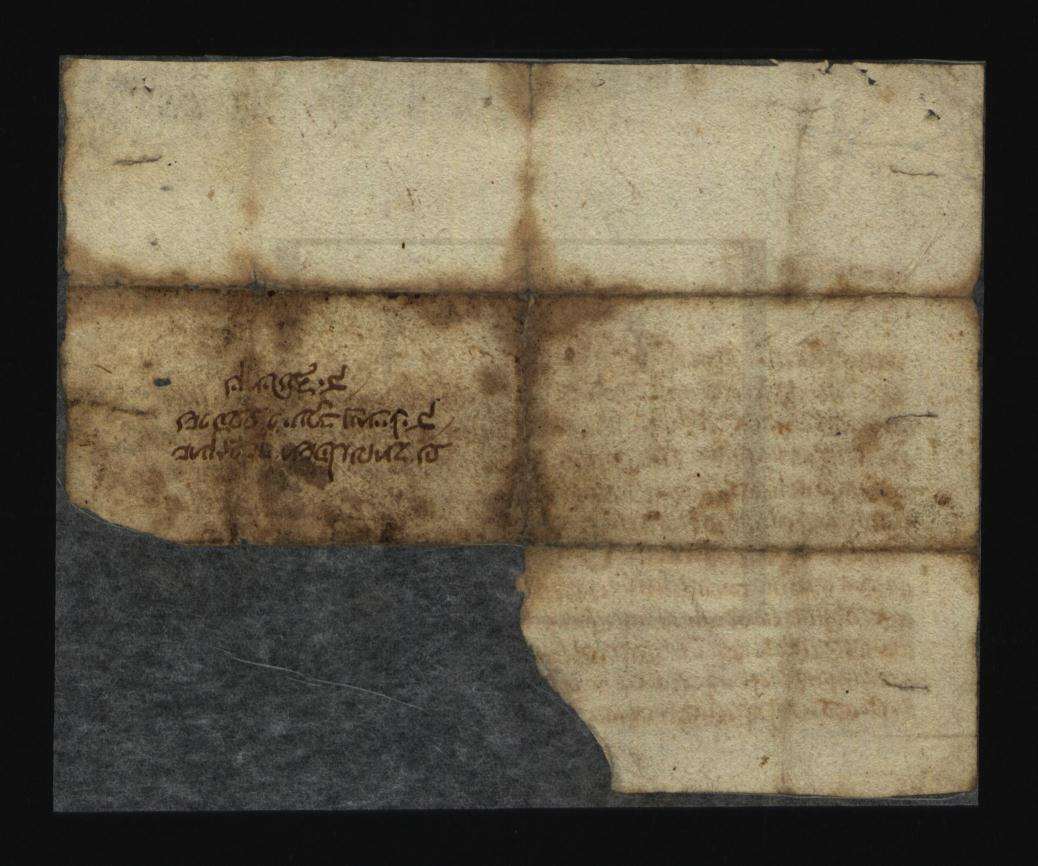
1/ Stories from the archives of the Inquisition: The Trial of Father Pedro Furtado, alias "Father Paula", a priest in Sambade, a remote village in northern Portugal, who told his male sexual partners that he was a woman (1698-1701). #twitterstorians 

2/ On the afternoon of 3 April 1698, a prisoner was led from the cells in the building of the inquisitorial tribunal in Coimbra, in Portugal to a building housing an “old chapel”. The prisoner was met by a doctor, a surgeon and two notaries of the Inquisition.
3/ The four men had been instructed by one of the inquisitors to conduct a thorough examination of the sexual organs of the prisoner “to ascertain whether he was a woman or a hermaphrodite”.
4/ Questioned separately, the four men reported to the inquisitors that the penis, scrotum and anus of the prisoner “were in their proper places and of the normal proportions” and that they had not found anything “that was not like that of any man”.
5/ The man who was subjected to this humiliating examination was Pedro Furtado, the parish priest of the village of Sambade in northern Portugal.
6/ The examination was the result of denunciations that the Inquisition had received over many years from various male individuals claiming they had sexual relations with Father Pedro Furtado and that the priest had revealed himself to be a woman during sexual intercourse.
7/The men claimed that Father Pedro asked them to call him "Paula" and their graphic testimony was insistent that Father Pedro/Paula had a vagina "like a woman".
8/ The inquisitors were puzzled by the extremely detailed testimony of the witnesses, many of whom did not know each other or even live in the same areas,
9/ Their specific references to a sexual position (the ‘missionary’ position) that was assumed to be a quintessentially heterosexual one and to graphic testimony of vaginal penetration stood at odds with the unambiguous result of the physical examination.
10/ Some witnesses further suggested that Father Furtado practiced magic and that he had claimed that he had previously been pregnant and had given birth to a child.
11/ The medical examination yielded no trace of female genitals and this discrepancy led the inquisitors to consider a demonic pact as a possible explanation.
12/ One of the charges brought against Furtado in the inquisitorial indictment specifically referred to the suspicion of demonic agency that resulted from Furtado’s sexual relations:
13/ "Forgetting his duties, he pretended to be a woman by the will of the Devil and persuaded male individuals to copulate with him, in the manner of a man and a woman, and he also employed other superstitions to the great prejudice of his soul and scandal of the faithful".
14/ Among themselves and whilst deliberating their verdict, the inquisitors and theologians rejected the possibility of an actual physical transformation, agreeing that the Devil...
15/ ...did not possess the power “to transform a man into a woman” and that the majority of the existing authorities did not consider this to be possible.
16/ Eventually, the evidence of demonic possession was deemed insufficient. Father Furtado, who only confessed to masturbating other men rather than "consummated sodomy" was sentenced...
17/ ... to a short period of exile and a fine for indecent behavior and leading his parishioners into heretical error by pretending that he, an ordained priest, was a woman.
18 and end/ (A.N.T.T., Inquisição de Coimbra, processo n° 7,622,) For more details about the case see booksandjournals.brillonline.com/content/books/…
• • •
Missing some Tweet in this thread? You can try to
force a refresh












